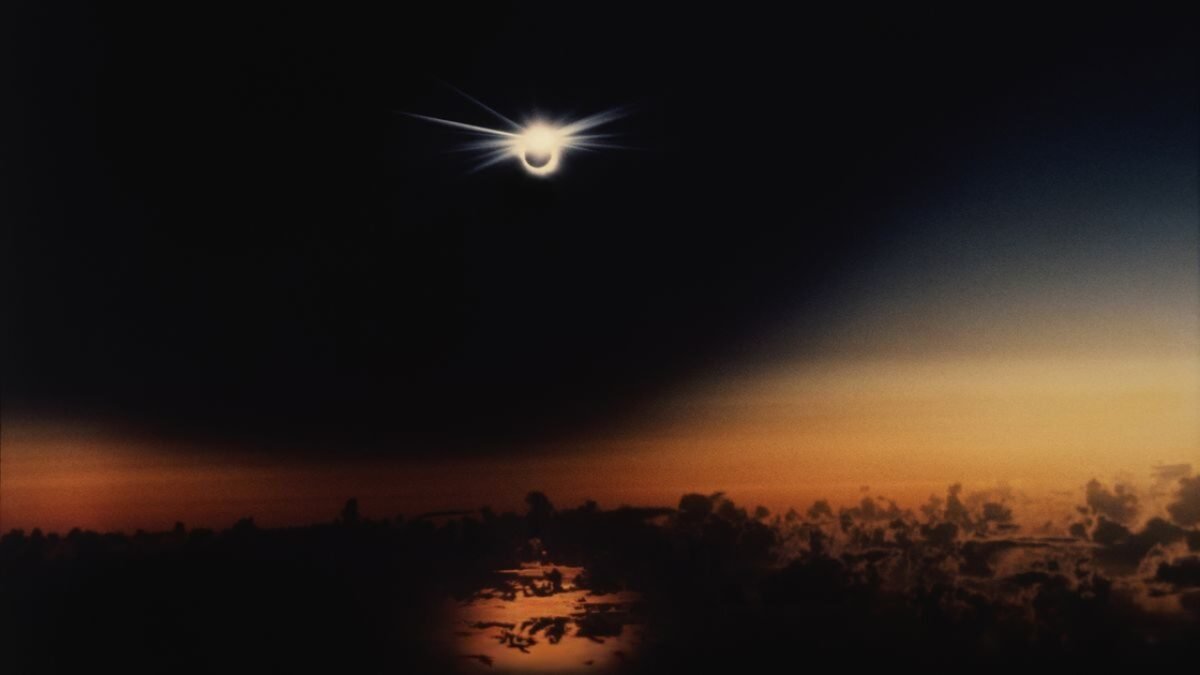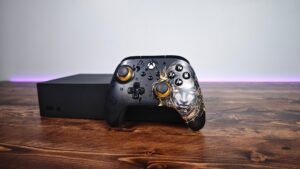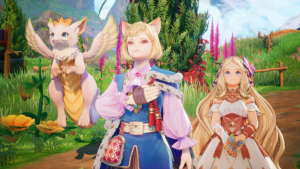NASA responded to YouTuber MKBHD’s funny post, outlining how to capture a photo of the total solar eclipse out today.
Most people trust science, and NASA does a lot of science. So, do we trust NASA? Recently, there has been a debate on whether it is safe to just point a camera at the sun during the total solar eclipse out today. With much debate, NASA responded to online commenters with a blog with tips on how to do it correctly. Funny enough, even popular tech YouTuber Marques Brownlee (MKBHD) got a response from NASA’s social media team.
The total solar eclipse swept almost everyone’s attention in the past month or so, and it is reaching totality today. It is so popular that many have even taken to the streets and areas surrounding Niagara Falls. They even declared a state of emergency for the extra services to deal with the influx of visitors. Viewing eclipses is nothing new, and most people know about using special eclipse glasses for proper, safe viewing. However, the common person may not know that they could fry their camera sensor by pointing it at the Sun during an eclipse.
Here were the main headings of tips NASA provided:
- #1 – Safety First
- #2 – Any Camera Is a Good Camera
- #3 – Look Up, Down, All Around
- #4 – Practice
- #5 – Share!
Brownlee posted to X that he wanted to experiment on whether “pointing a smartphone at the solar eclipse will fry the sensor.” Then, NASA responded to X with a fairly informative answer.

NASA posted this: “We asked our @NASAHQPhoto team, and the answer is yes, the phone sensor could be damaged just like any other image sensor if it’s pointed directly at the Sun. This is especially true if you’re using any sort of magnifying lens attachment on the phone. You would need to utilize the proper filters just like on any other camera. The best practice would be to hold a pair of eclipse glasses in front of your phone’s lenses when photographing the Sun at any point other than totality.”
Brownlee responded to this statement because of the wording, “Thanks NASA. The word COULD is doing a lot of lifting.” Funnily about the statement, any camera sensor would be damaged if pointed directly at the Sun. Overall, the tips NASA provided from their blog provided a great breakdown of how to shoot the total solar eclipse safely. The most important part is to have a special solar filter to protect your camera, just as you’ll need a pair of solar viewing glasses (also called eclipse glasses) to protect your eyes.
I hope everyone viewing the Sun and the total solar eclipse stays safe out there! The lesson of the day: do not stare directly at an eclipse or point a camera directly at the eclipse, and make sure the proper wording is used in the comments!




